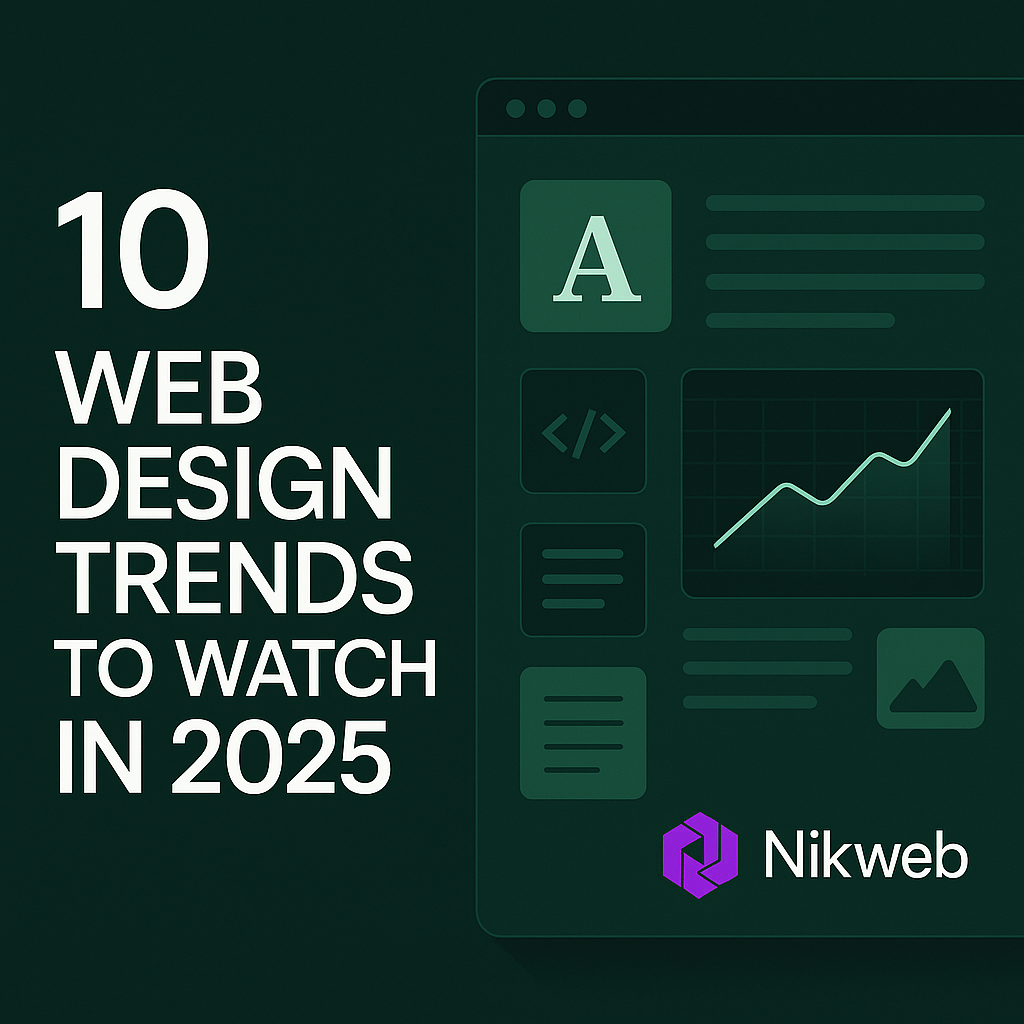
Why Every Modern Business Needs a Professional Website
June 8, 2025
Why Every Modern Business Needs a Professional Website
June 8, 2025Introduction: In today’s digital world, web design is more than aesthetics – it’s about user experience, functionality, and intelligent technologies. As we move into 2025, here are the top 10 web design trends that will shape the future of the internet.
1. Neumorphism Design A blend of minimalism and soft shadowing that creates a modern, 3D-like visual appearance. It adds depth while maintaining simplicity.
2. Dark Mode Everything With increasing screen time, dark mode has become a user favorite. It reduces eye strain and gives websites a sleek, elegant look.
3. Micro-Interactions Small animations and feedback effects that create a more engaging and personalized user experience.
4. AI-Driven Personalization Websites are becoming smarter. AI tailors content, design, and user paths based on visitor behavior.
5. Voice User Interface (VUI) Web designs now consider voice navigation and interaction, making sites more accessible and future-ready.

6. Speed Optimization (Core Web Vitals) Fast-loading websites are critical. Google rewards speed, and users expect instant access – optimization is no longer optional.
7. Smart Minimalism Stripped-down designs focused on user goals, avoiding clutter and guiding attention to what matters.
8. Mobile-First Design With mobile usage dominating, starting the design process with small screens ensures better performance and usability.
9. Accessibility-First Approach Designing with accessibility in mind improves user experience for everyone, including people with disabilities.
10. Bold, Custom Typography Large, expressive fonts that capture attention and reflect a brand’s personality are on the rise.
Conclusion: To stay competitive in 2025 and beyond, businesses must adopt these design trends to offer innovative, inclusive, and high-performing websites. Staying updated isn’t just an advantage – it’s a necessity.
